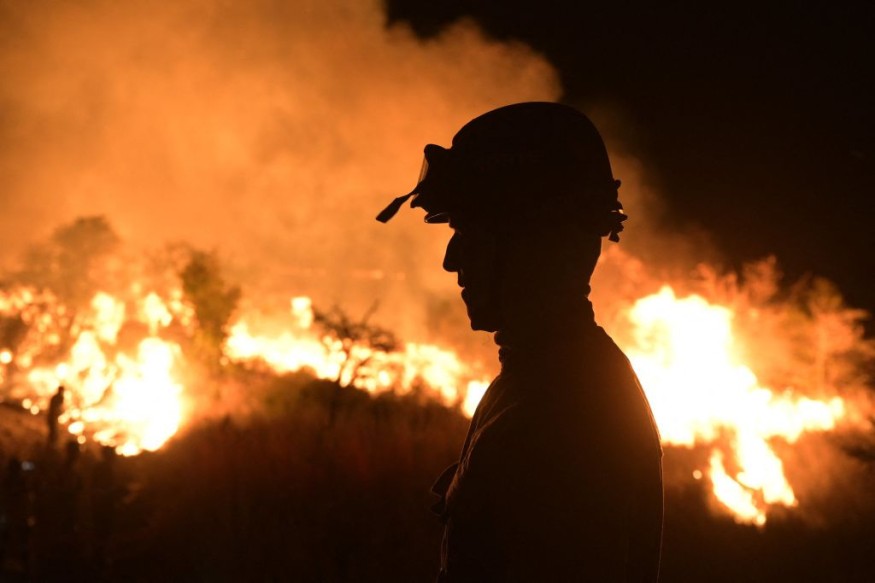The greatest fire in New Mexico history was discovered Friday to be the result of a deliberate burn that had ended in January before rekindling in April after at least three winter weather occurrences.

Calf Canyon Fire, which has burned over 312,000 acres in the Pecos/Las Vegas Ranger District of the Santa Fe National Forest since April, was started by a prescribed burn, or pile burn, in January that remained dormant under the surface through three winter snow events before reigniting months later, according to Forest Service investigators.
Zombie Fires
Holdover fires, often known as "zombie fires," are fires that are destroyed on the surface but continue to burn underground after being doused on the surface-peat in the soil fuels zombie fires in locations like Canada and Russia.
The scorching summer heat driving raging flames in northern boreal woods might be the mysterious origin of zombie fires, a peculiar and unusual phenomenon.
These zombie fires smolder deep down in carbon-rich peat soils for months before reigniting.
An international research team shows how it employed a complicated computer algorithm to locate zombie flames that had risen from their peat-filled grave, so to speak, in satellite imagery in a new paper published today in Nature.
Overwintering or holdover fires, sometimes known as zombie fires, are not the same as the blazing flames that have ravaged California and Australia in recent years.
Burning Back to Life
According to the New Mexico Fire Information, an interagency effort by federal and state agencies in New Mexico to share fire information, smoke was initially observed on April 9 from the region of the Gallinas Canyon Wildland Urban Interface pile burn which had ended on January 29.
The fire reignited on April 19, leapfrogging the containment lines, as personnel monitored the 1.5-acre smoke for the next few days.
On April 22, a strong wind event accelerated the development of the fire, causing it to join with the Hermits Peak Fire, which was also an escaped controlled burn.
High winds were recorded stirring up dust and lowering visibility on the roads across the state that day, and a photo uploaded to Twitter by the New Mexico State Police revealed exactly how bad visibility had gotten on I-25 between Albuquerque and Santa Fe as dust filled the sky.
"There are bad days, terrible days, and worst days when it comes to wind and fire weather. Friday is going to be a bad day. 60-70 mph wind gusts will be common, plus it continues to be dry and warm. No sparks tomorrow, please!" the National Weather Service office in Albuquerque tweeted on April 21.
Growing and Burning
According to InciWeb, the fire has grown to 312,230 acres and is only 47% controlled since it was rekindled on May 27.
On May 16, the fire overtook the Whitewater-Baldy Fire of 2012 as the state's biggest fire -burning over 297,845 acres.
Related Article : California Cools Down After Experiencing a Period of Intense Heat
For more news about the environment , don't forget to follow Nature World News!
© 2025 NatureWorldNews.com All rights reserved. Do not reproduce without permission.





